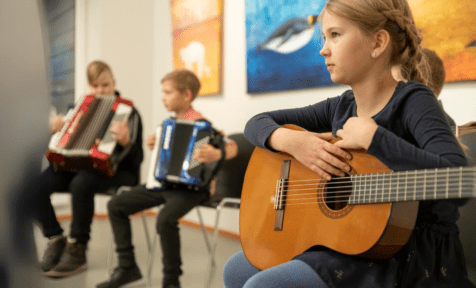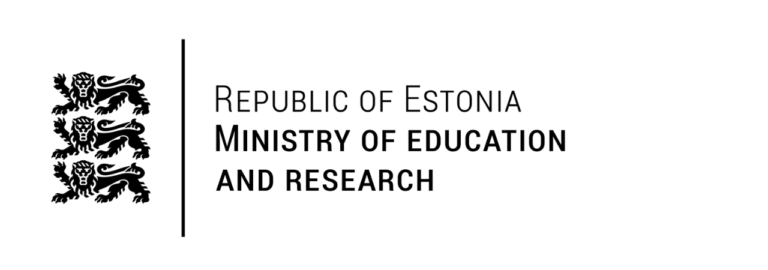“Estonia has combined a belief in learning with equal-access technology to create one of world’s best education systems,” writes Kevin Dickinson on the Big Think web portal.
- Estonia became a top performer in the most recent PISA, a worldwide study of 15-year-old students’ capabilities in math, reading, and science.
- PISA data showed that Estonia has done remarkably well in reducing the gap between a student’s socioeconomic background and their access to quality education.
- The country’s push toward providing equal-access to learning technology is a modern example of the culture’s dedication to equity in education.
“One fact was made abundantly clear: Estonians aren’t ones to engage in lavish praise and pat-on-the-back congratulations,” Kevin Dickinson follows. “A far more self-critical culture, they find comfort forgoing the small talk, getting to work, and honing in on areas to improve. But one area where Estonians will simply have to grit and bare the praise is in discussing their education system. Smaller than West Virginia and with a population of 1.3 million, this Baltic state has developed one of the world’s best education systems as assessed by the Programme for International Student Assessment (PISA) results.”
What are the factors contributing to equity in education?
The Estonian education system has successfully implemented measures that prevent social stratification:
- Pre-school education is available to most children. 95,9% of Estonian 15-year-olds report to have
attended kindergarten. Two-thirds of all students started kindergarten at the age of two or three.
Kindergarten starting age does not differ between urban or rural students. A considerable share of
students who study in Estonian medium schools reported that they started kindergarten at the
age of one, a year earlier than their peers from Russian medium schools. Boys went to kindergarten
a bit later than girls. Children who started kindergarten at the age of four or younger came from
more advantaged families than those children who went to kindergarten at the age of six or did
not attend it at all. 13,7% of students in Estonia who did not go to kindergarten or went for only
a short period time were from disadvantaged families. - Most children in Estonia start school at the age of seven. In most countries, the school starting
age is six, whereas in Australia, Ireland, Malta, New Zealand, and Great Britain children start
school at five. In 14 countries, including Estonia, the school starting age is seven. Looking at Estonian
school starting age there is a slight difference between Estonian and Russian medium school
students. In 2010 as well as in 2019 one third (27,4%) of students with the Russian language of
instruction went to school at the age of 6. Only 14,3% of Estonian medium school children started
school at that age. - Grade repetition in Estonia is rather exceptional. Only 2,9% of students repeat a grade which is
considerably lower than OECD average (11,4%). Students in rural schools repeat a grade a bitmore
often than their peers in urban areas (3,2% vs 2,2%), Estonian medium schools practice that more
than Russian schools (2,8% vs 1,7%) and boys more often than girls(3,4% vs 1,8%). 64,7% of grade
repeaters are boys. It is more likely that those who repeat a grade come from disadvantaged
families. - Estonian students study according to a study programme based on basic school and upper
secondary national curriculum and school curriculum. Student streaming into academic or
vocational tracks takes place after the finishing of basic school. In countries that have more than
one study programme, student attainment is lower. OECD notes that in countries where student
streaming takes place before the end of compulsory education, there is lower reading
performance and less equity. - In Estonia students with different abilities study together. School and classroom model where
students with different abilities study together is more effective. Student selection according to
ability between classes or within class in all subjects do not result in better student performance.
However, division of students in some classes can show positive impact. Compared to other
countries Estonia is characterized by less selection between schools and classes, selection is more
practiced in urban schools. Share of students who are selected in some subjects has increased to
55,5% which is significantly higher than in OECD countries (48,7%).
Source: the Ministry of Education and Research of Estonia
Related





